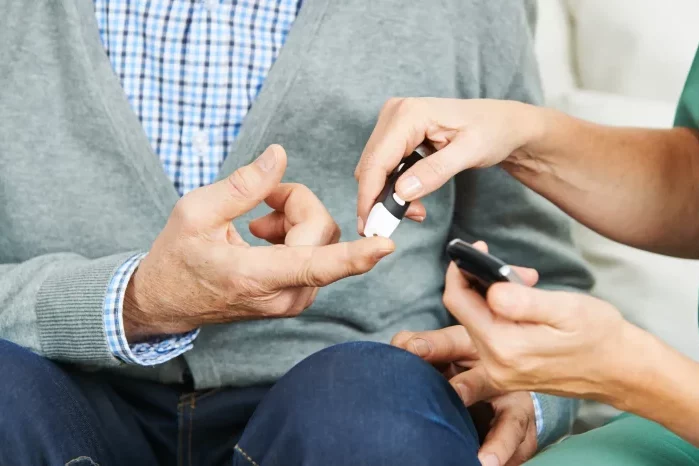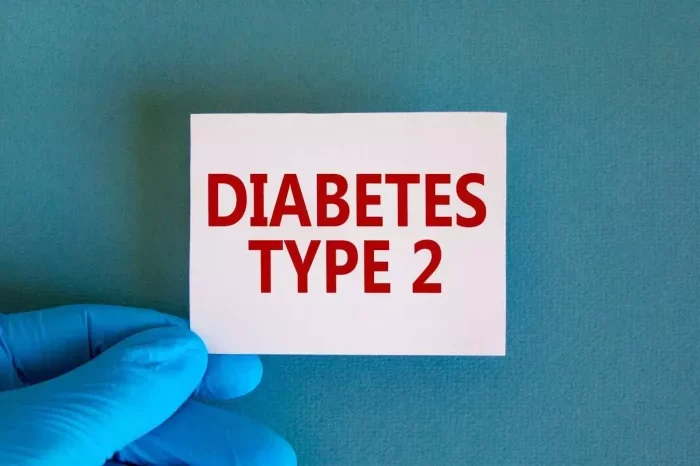Managing diabetes requires a multifaceted approach, with blood glucose monitoring standing as a cornerstone of effective management. Regular monitoring provides essential insights into how the body responds to various factors like food, exercise, medication, and stress. However, determining the optimal frequency of blood glucose checks at home can be a nuanced process, influenced by individual factors such as diabetes type, treatment regimen, lifestyle, and overall health. In this article, we will delve into the considerations guiding the frequency of blood glucose monitoring, empowering individuals with diabetes and their healthcare providers to make informed decisions tailored to individual needs.
Understanding Blood Glucose Monitoring
Before delving into monitoring frequency, it’s crucial to grasp the significance of blood glucose monitoring in diabetes management. Blood glucose monitoring involves measuring the concentration of glucose in the blood, typically using a glucometer, continuous glucose monitor (CGM), or flash glucose monitoring system.
For individuals with diabetes, maintaining blood glucose levels within target ranges is paramount for minimizing the risk of complications and optimizing overall health. Regular monitoring facilitates this by providing real-time data on blood glucose levels, enabling timely adjustments to treatment plans. Additionally, it fosters awareness of how lifestyle choices impact blood sugar, empowering individuals to make informed decisions about diet, exercise, and medication.
Factors Influencing Monitoring Frequency
Determining how often to check blood glucose at home requires consideration of various factors that influence an individual’s diabetes management. These factors include:
Diabetes Type: The type of diabetes, whether type 1, type 2, gestational diabetes, or another form, influences monitoring frequency. Individuals with type 1 diabetes often require more frequent monitoring due to their reliance on insulin therapy and the risk of sudden fluctuations in blood glucose levels. In contrast, those with well-controlled type 2 diabetes may require less frequent monitoring, particularly if managed through lifestyle modifications or oral medications.
Treatment Regimen: The treatment regimen prescribed by healthcare providers plays a significant role in determining monitoring frequency. For individuals using insulin therapy, frequent monitoring is typically necessary to adjust insulin doses and prevent hypoglycemia or hyperglycemia. In contrast, those on oral medications or lifestyle interventions may require less frequent monitoring, although regular checks remain important for assessing treatment efficacy and identifying trends over time.
Glycemic Control: The level of glycemic control achieved by an individual impacts monitoring frequency. Those struggling to maintain target blood glucose levels may require more frequent monitoring to identify patterns, assess the impact of interventions, and make necessary adjustments to their treatment plan. Conversely, individuals with stable glycemic control may be able to monitor less frequently while still achieving desired outcomes.
Lifestyle Factors: Lifestyle factors such as diet, exercise, stress, and sleep patterns can influence blood glucose levels and, consequently, monitoring frequency. Individuals with erratic schedules, significant stressors, or variable dietary habits may benefit from more frequent monitoring to better understand how these factors affect their blood sugar. Conversely, those with consistent routines may require less frequent monitoring, although periodic checks remain important for long-term management.
Health Status: Concurrent health conditions, medication regimens, and overall health status can impact monitoring frequency. For example, individuals with comorbidities such as cardiovascular disease or kidney dysfunction may require more intensive monitoring to mitigate additional risks associated with diabetes complications. Similarly, changes in medication or the onset of illness may necessitate increased monitoring to maintain glycemic control during these periods of flux.
Guidelines for Monitoring Frequency
While there is no one-size-fits-all approach to blood glucose monitoring, several guidelines and recommendations can help individuals and healthcare providers determine an appropriate monitoring frequency:
Consultation with Healthcare Provider: The foundation of effective blood glucose monitoring lies in open communication between individuals with diabetes and their healthcare providers. Healthcare providers can offer personalized guidance based on individual health status, treatment regimen, and lifestyle factors. Regular check-ups allow for ongoing assessment of diabetes management goals and adjustment of monitoring frequency as needed.
Tailoring to Individual Needs: Monitoring frequency should be tailored to individual needs, taking into account factors such as diabetes type, treatment regimen, glycemic control, lifestyle, and health status. A personalized approach ensures that monitoring is both effective and manageable, empowering individuals to take ownership of their diabetes management while avoiding unnecessary burden or anxiety.
Balancing Benefits and Burdens: While regular monitoring is essential for diabetes management, it’s also important to strike a balance between the benefits of monitoring and the burdens it imposes. For some individuals, excessive monitoring can lead to anxiety, stress, and burnout, while for others, infrequent monitoring may result in missed opportunities for intervention and suboptimal glycemic control. Finding the right balance requires ongoing evaluation and adjustment based on individual preferences and needs.
Utilization of Technology: Advances in technology have transformed blood glucose monitoring, offering convenient and efficient solutions such as continuous glucose monitoring (CGM) systems and flash glucose monitoring devices. These technologies provide real-time data on blood glucose levels, trends, and patterns, reducing the need for frequent fingerstick testing while offering valuable insights into glycemic control. Incorporating these technologies into diabetes management can streamline monitoring processes and improve overall outcomes.
Education and Empowerment: Empowering individuals with diabetes with the knowledge and skills to interpret blood glucose data is essential for effective self-management. Education on topics such as target blood glucose ranges, interpretation of monitoring results, recognition of hypo- and hyperglycemia symptoms, and appropriate responses to fluctuations in blood sugar fosters confidence and autonomy in diabetes management. Additionally, ongoing support from healthcare providers, diabetes educators, and peer networks can enhance self-efficacy and promote adherence to monitoring recommendations.
Conclusion
Blood glucose monitoring is a cornerstone of effective diabetes management, providing essential insights into glycemic control and guiding treatment decisions. Determining the optimal frequency of blood glucose checks at home requires consideration of individual factors such as diabetes type, treatment regimen, glycemic control, lifestyle, and health status. By adopting a personalized approach, consulting with healthcare providers, and leveraging technology, individuals with diabetes can effectively monitor their blood glucose levels while minimizing burdens and optimizing outcomes. Empowerment through education and support further enhances self-management skills, fostering confidence and resilience in the face of diabetes challenges. Together, these strategies facilitate proactive and informed diabetes management, ultimately improving quality of life and reducing the risk of complications.
Related topics:


























